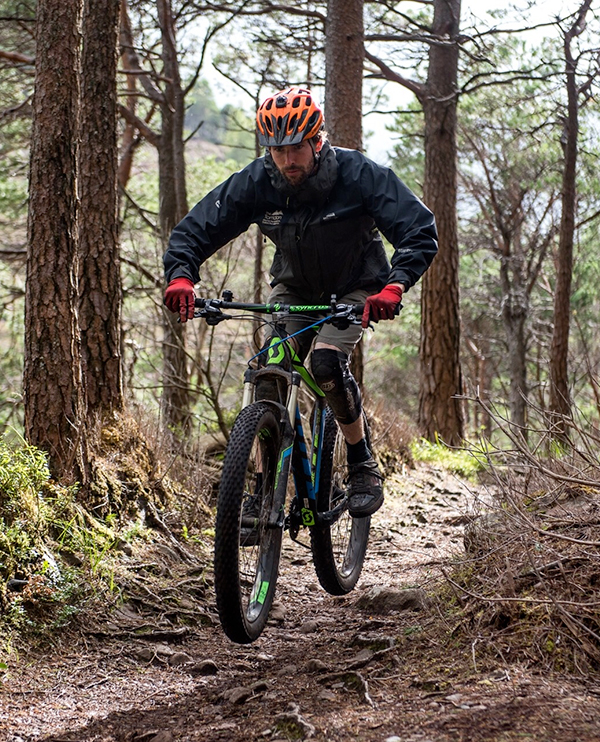A Walk Through the History of Gairloch Village
A recent North Coast 500 traveller reports back on a day spent exploring Gairloch’s history.
It would be easy to drive through this village on the A832 and not appreciate the wealth of history to be found here. We headed first for the local Gairloch Heritage Museum where we hoped to find out more about what sites would be interesting to visit. We were not disappointed. The museum is a little gem, packed full of artefacts and displays on all aspects of the local landscape and traditional way of life through time. The museum also has a whole range of leaflets, written by its volunteers, to help you appreciate the area and its heritage.

Photo: Gairloch Heritage Museum
After leaving the museum, we wandered up Achtercairn hill, on the other side of the road, to see the collection of roundhouses which have been excavated there. This was the residential area of Gairloch from the Neolithic period through to the Bronze Age. It is amazing so much of these houses have survived. Some of the artefacts the people who lived in them left behind are housed in Gairloch Heritage Museum, including a beautifully decorated bronze age beaker and a steatite oil lamp.

Photo: Roundhouse, courtesy of Gairloch Heritage Museum
A wander down to Flowerdale, the seat of the Mackenzies of Gairloch since 1500, took us past the stunning Gairloch Beach as well as some other important heritage sites. We almost missed the monument to the famous John Mackenzie ‘of the Beauties’. He was a local piper and poet who is best known as the collector and editor of the famous poetry book ‘The Beauties of Gaelic Poetry’, which occupies an exalted position in Gaelic literature. A stone’s throw away in Gairloch old cemetery lie the remains of another local bard William Ross – known as the Rabbie Burns of the Highlands.

John Mackenzie Memorial
Passing by the parish church we stopped to wonder at a huge depression in the nine-hole golf course locally known as the Leabaidh na Bo Baine. Legend has it that Fingal scooped out the hollow as a bed for his white cow to calve. This was the site of outdoor church services in Gairloch until the early 1900s, when literally thousands of people (too many for the local church) would gather to sing Gaelic hymns and take communion. The wooden pulpit in which the minister sheltered during these services can be seen in Gairloch Heritage Museum.

Photo: Free Church Communion at the Leabaidh, courtesy of Gairloch Heritage Museum
Having passed the top of the Gair Loch and the harbour we had a delightful wander through Flowerdale Glen. The house is a private residence, and cannot be visited but other beautiful walks and historic sites round about are signposted, such as the location of the original 14th century house (Tigh Dige) and the Island of Justice, which acted as an outdoor courthouse in the days of clanship and possibly as early as Viking times.

Photo: Flowerdale House, courtesy of Gairloch Heritage Museum
We returned after a wonderful walk to the museum where the curator was able to answer our questions about the things we had seen. We left feeling we had only scratched the surface of the history of the place, and promising ourselves to return and explore fully.
